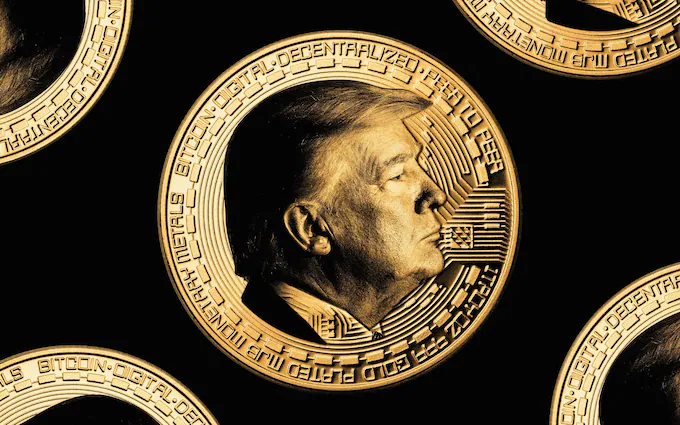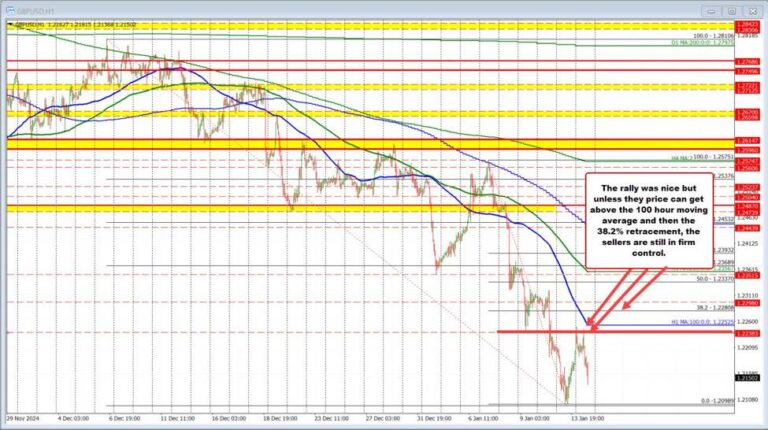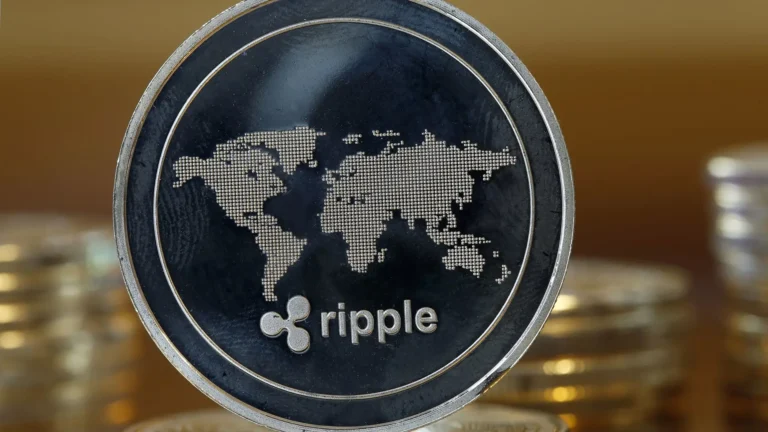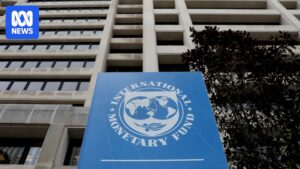Brazilian asset prices continued to sink on Monday even after Finance Minister Fernando Haddad sought to allay investor concern about public debt, saying he will announce additional measures to curb public expenditure next year, and congress approved the government’s most recent fiscal package.
The Brazilian real tumbled 1.9% to BRL6.18 per US dollar after touching a record low last week, and the benchmark Ibovespa index on São Paulo’s B3 stock exchange fell 0.9%.
Speaking to reporters on Friday, Haddad defended the government efforts to date to reduce spending and said he was willing to cut more.
“If it was up to me, this agenda has had an important start and should not stop. It should be a routine exercise of the executive power,” he said.
The government’s most recent fiscal package was approved by lawmakers on Thursday. It allows for BRL69 billion ($11 billion) in savings, some BRL2 billion less than the government originally proposed, said Haddad.
According to economists, however, the watered-down version of the package passed by Congress would lead to just BRL55 billion in spending cuts. Investors view the plan, which includes a cap on minimum wage increase and a review of some social spending, as too little, too late.
The Brazilian currency has depreciated by 25% against the dollar this year and has been one of the worst performers among emerging markets. That’s even after the central bank poured some $17 billion into the foreign exchange market to stem the real’s slump last week.
MARKET TURMOIL
The selloff points to a widespread crisis of confidence. Neither the finance ministry or the central bank, which hiked interest rates by one percentage point on December 11 to fend off inflation pressures, seem to have been able to allay market concerns.
“The current macro picture requires more than bold monetary policy action and central bank FX market intervention,” said Alberto Ramos, chief Latin America economist at Goldman Sachs, in a report last week. “The sharp deterioration of market sentiment requires also the recalibration of fiscal policy. The authorities are rapidly losing degrees of freedom to manage the macroeconomy and fears of a ‘fiscal dominance’ trap are rising.”
Furthermore, the current policy mix could lead to an explosive cocktail.
“Ultra-tight monetary policy in the absence of a strong fiscal anchor could increase fiscal challenges,” Fitch Ratings said in a report. “Higher interest rates will immediately increase interest costs, as half of Brazil’s debt is linked to the Selic, and thus the nominal fiscal deficit.”
Following this month’s meeting of its monetary policy council, the central bank issued forward guidance that indicates two additional increases of one percentage point each by March.
“Monetary tightening might aggravate the fiscal pressures and uncertainties it aims to compensate for, diminishing its effectiveness in anchoring confidence,” Fitch added.
DARKER OUTLOOK
The fiscal outlook has deteriorated sharply, the report said.
Debt-to-GDP is expected to reach 85% by 2026 compared with an estimated 77.3% in 2024 and one percentage point more than was projected in June, Fitch said.
Brazil has much to lose but while firmer action is needed, President Luiz Inácio Lula da Silva may not find it politically viable.
“Stabilizing debt, even under conservative assumptions, will require a primary surplus of about 2% of GDP, well above the current target,” said Martin Castellano, chief Latin America economist at the Institute of International Finance, in a report last week.
“Insufficient action could push the country into unfavorable self-fulfilling dynamics of high interest rates, weak BRL, sticky inflation, low growth, and deteriorated external accounts amid looming fiscal dominance risks,” he said.
Ramos agrees.
“Investor sentiment would very likely improve with a credible, frontloaded, spending-based, fiscal adjustment announcement” to move from next year’s primary fiscal target of roughly zero to “an all-in primary fiscal surplus of 0.5%-1.0% of GDP in 2025, and 1.0%-1.5% in 2026,” he said. “This would most likely go a long way to stabilize the market dynamics, ease rapidly tightening financial conditions, and endow the central bank with policy room to run a less restrictive monetary stance.”







